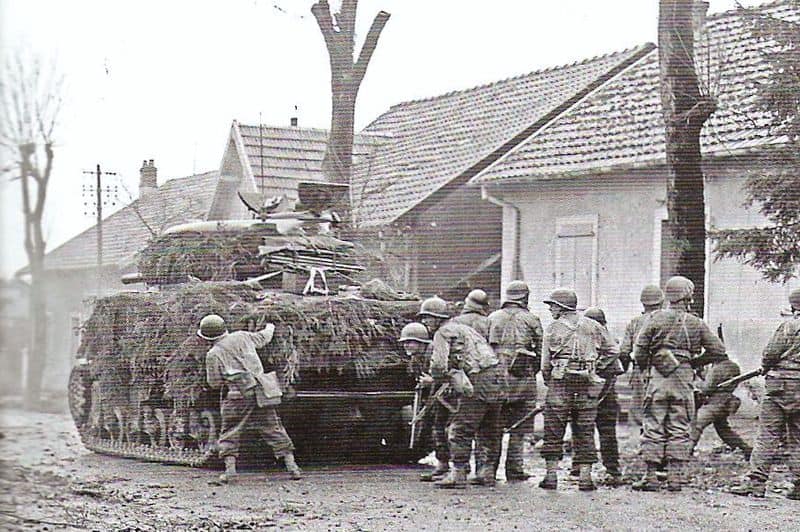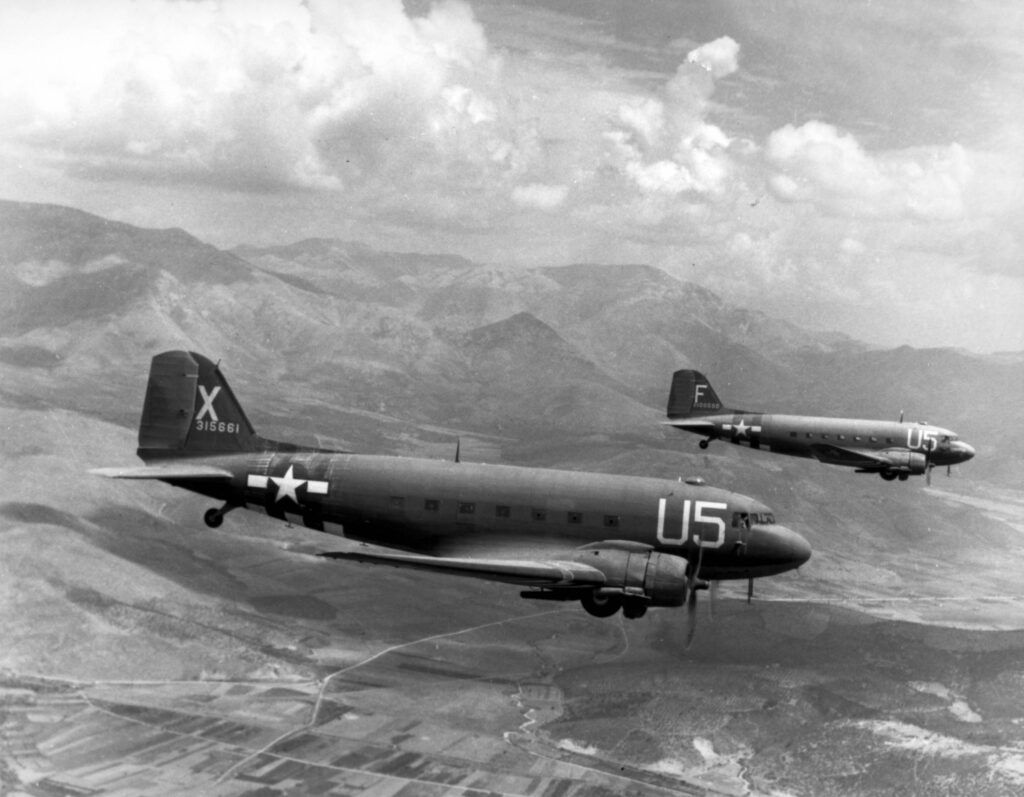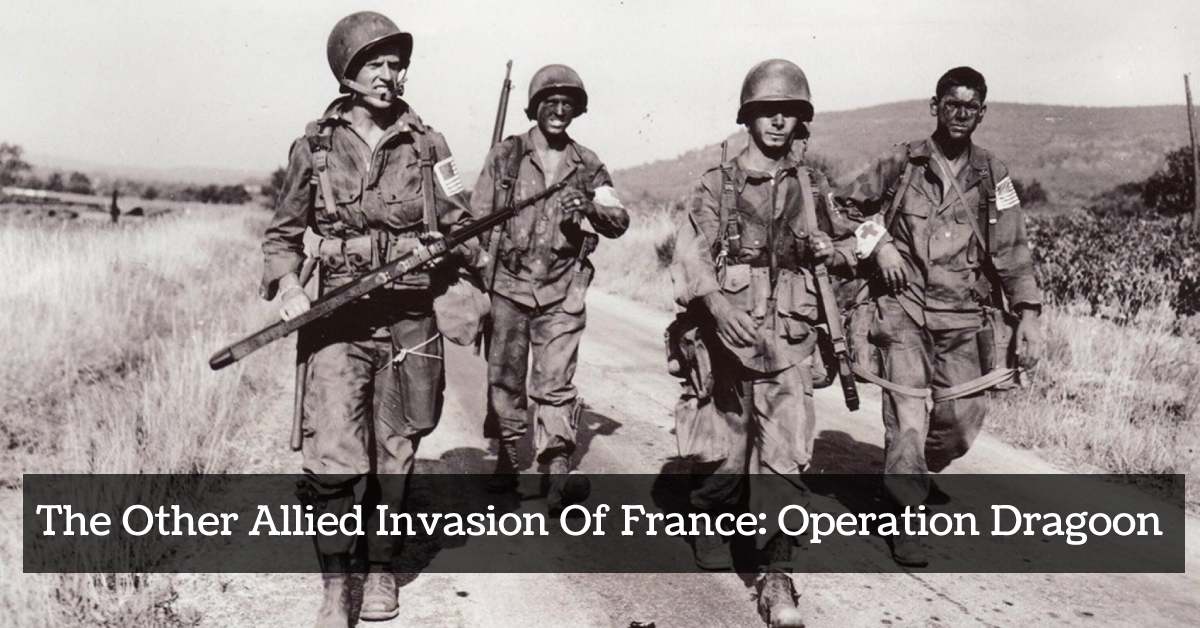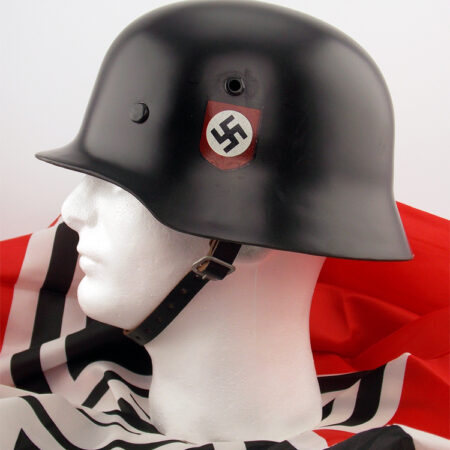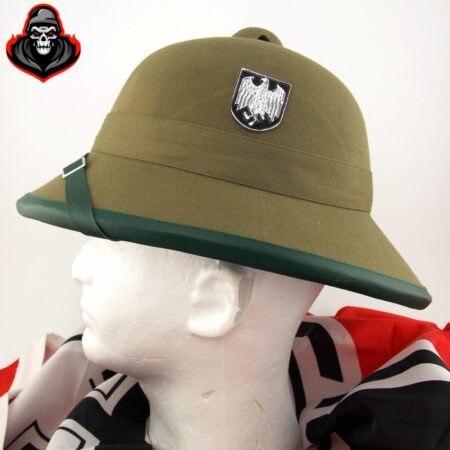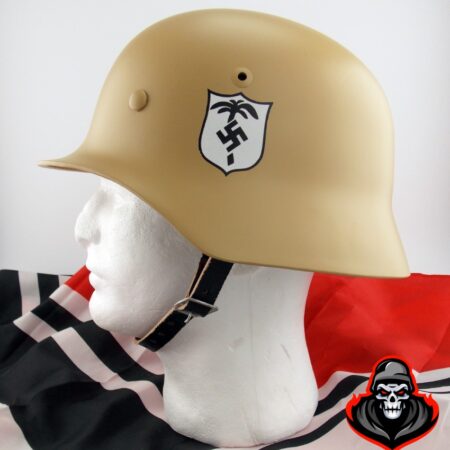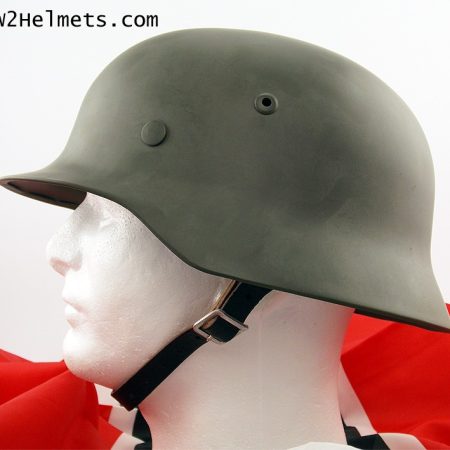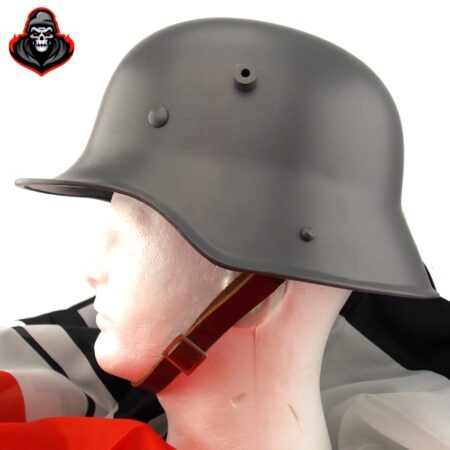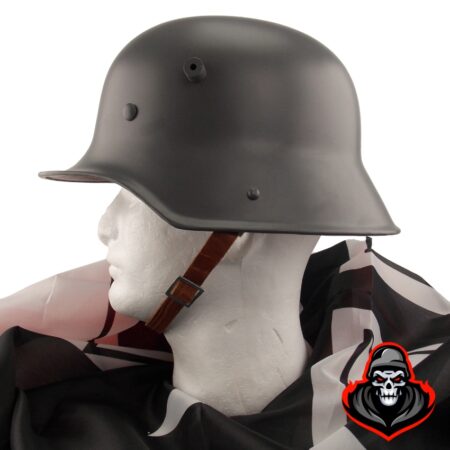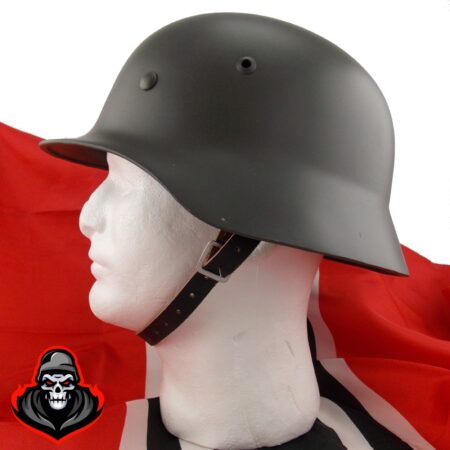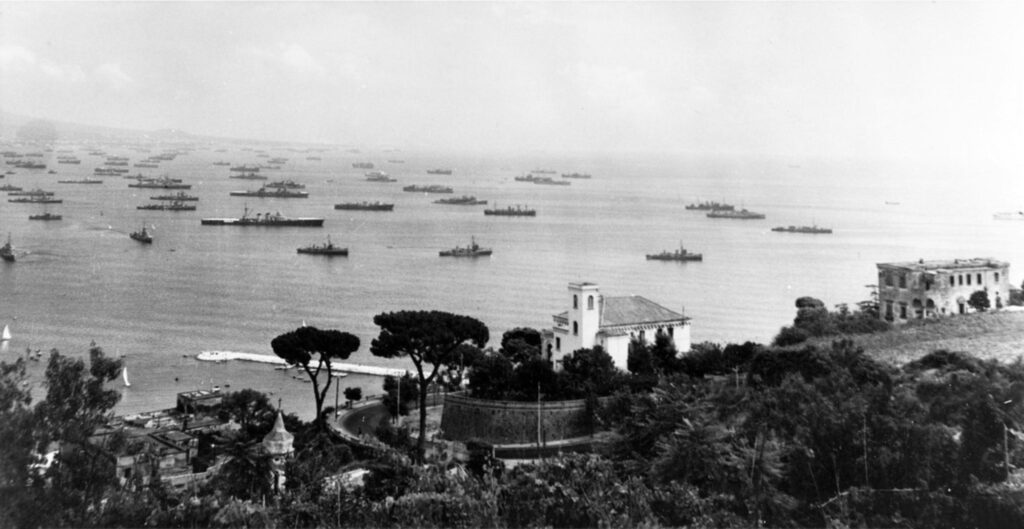
The Allied invasion of northern France with the D-Day landings of the 6th of June 1944 has understandably been focused on as a major episode in the Second World War, as the long-awaited Western Front was opened in Europe. But the campaign in Normandy often completely overshadows events elsewhere, notably the fact that the Western Allies had already opened a Southern Front in Italy in the summer of 1943. But above all, the D-Day landings have resulted in the other Allied invasion of France, in the south of the country in August 1944, being completely forgotten about. This was an incredibly successful initiative and had a major impact on the speed of the Allied advance through France in 1944 and the supply of the troops there.
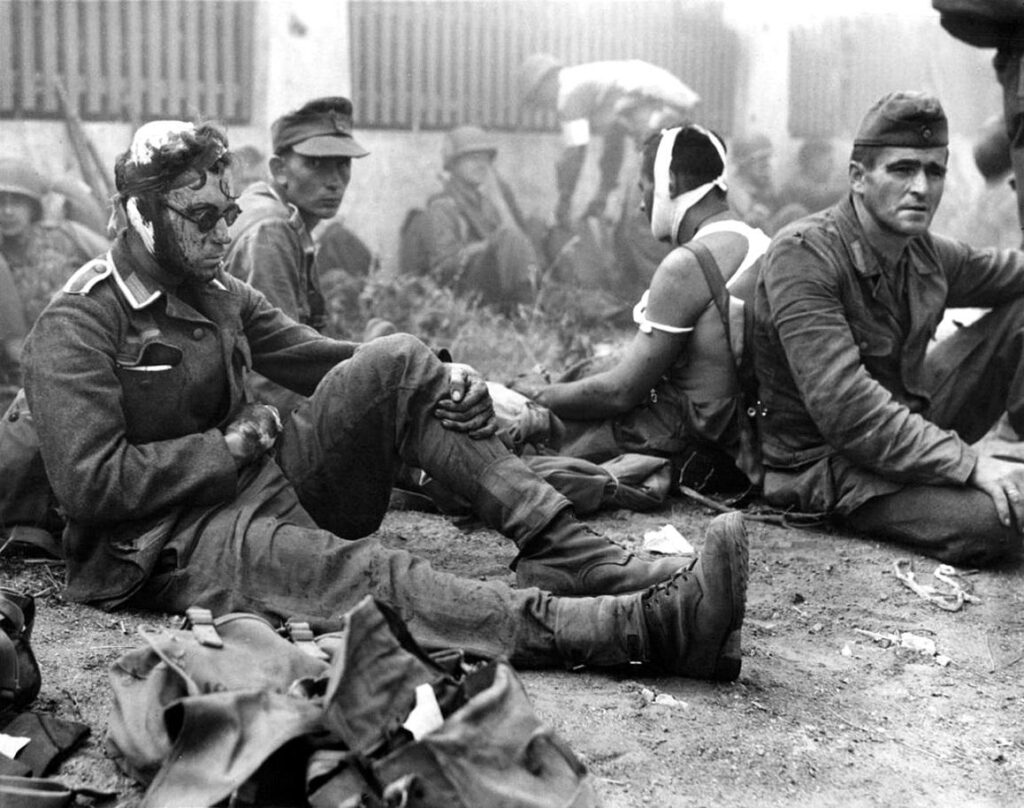
Deliberations on a possible invasion of southern France were underway as early as 1942 and in the course of the subsequent planning for the D-Day landings it was decided that an operation on the Mediterranean coast of France would be undertaken on the exact same day. However, this plan was dropped when it was determined to be logistically impossible to launch both at the same time. Additionally Winston Churchill was more anxious to expand the front in Italy or open a new one in the Balkans as he was seeking at this stage to prevent all of Eastern Europe falling into Soviet hands. Consequently for a time it seemed that the invasion of southern France would not be followed through with at all. What changed is that in the days and weeks following the Allied capture of northern France it was determined that the northern ports there would soon be unable to handle the level of supplies which would need to arrive through them in order to keep the ever-growing number of Allied forces supplied in France. Consequently, the plan for opening a southern front in France itself was resurrected and was quickly renamed as Operation Dragoon. It would be launched just over two months after the D-Day landings.
The goals of the operation were clear. Firstly, the main aim was to secure the ports of Marseilles and Toulon. Forces would land along the Cote d’Azur between Antibes and Cap Benat. This area was weakly defended by the Germans and the Allies had territory nearby from which to launch the operation, having secured Corsica in the autumn of 1943. In addition Allied air support would be able to bomb the region in advance of the landing in order to facilitate the ground invasion.

The Allied force for the initial landing consisted of 150,000 men, though the full invasion force which eventually flooded into southern France rose to over 575,000, primarily consisting of the American Sixth Army Group and Seventh Army. They would be supported by about 75,000 Free French or French resistance fighters. Facing them would be Army Group G of the German Wehrmacht and other units such as the 19th Army. These were commanded by Johannes Blaskowitz and in total had somewhere between quarter of a million troops and 300,000 spread across southern France.
Operation Dragoon commenced on the 15th of August 1944 with landings of an initial force of well over 100,000 personnel on numerous beachheads and sites along the coast between Cavalire-sur-Mer and Saint Raphael, the main force disembarking around Saint Tropez. Unlike in Normandy two months earlier, the Allies faced very little resistance and successfully secured the coast along here within 24 hours with very few casualties. A counterattack was mounted by the Germans on the 16th, but it failed to drive the Allies back into the sea. Then, with a large concentration of German forces endangered in the north of the country at Falaise, in what eventually became the decisive battle of the Normandy campaign, Hitler rowed back on previous orders that Army Group G was to fight for every foot of land in southern France. Blaskowitz was now given permission to make an orderly retreat north.
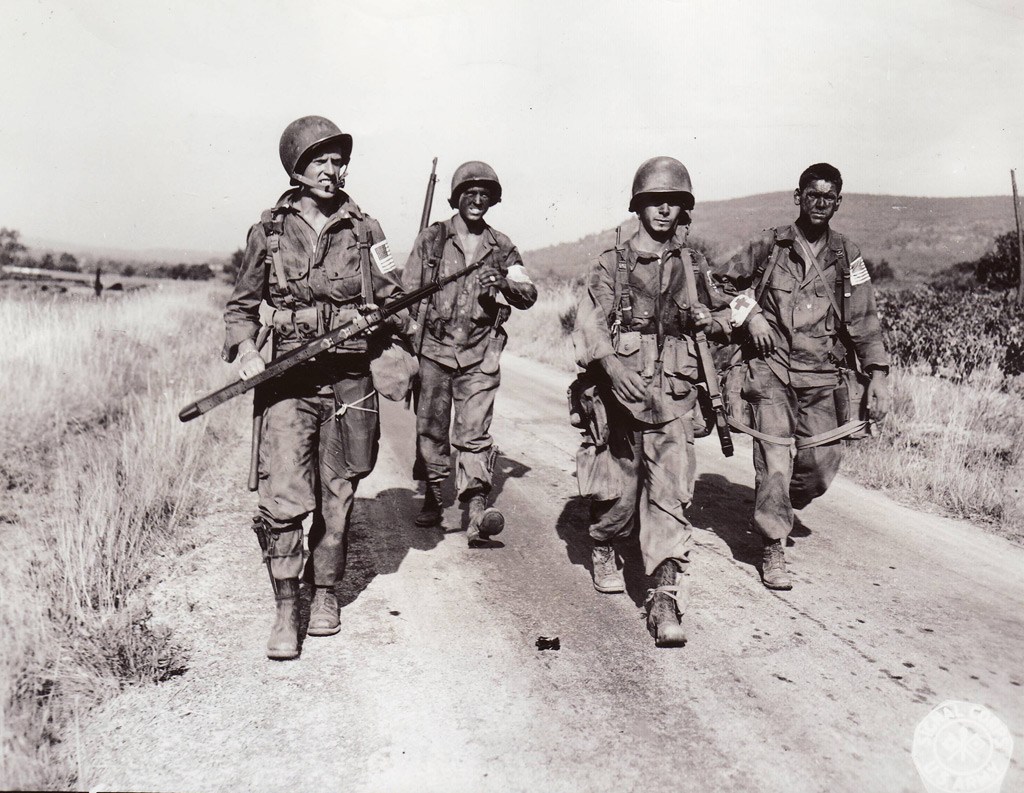
The retreat commenced on the 17th and 18th of August, as the Germans headed north towards the Rhone, skirting the border with Switzerland. As they did the Allies made rapid advancements themselves. On the 20th and 21st their forces arrived to Toulon and Marseilles, the primary targets of the whole operation. Here they faced small, but entrenched garrisons which had been left in the south to hold the ports for as long as possible. They held out for just one week. Toulon was liberated on the 26th of August and Marseilles on the 28th, just days after the liberation of Paris in the north on the 25th. Nearly 30,000 German troops were taken prisoner when the two southern ports surrendered.
With the south of France in Allied hands, the new objective was to try to cut off Army Group G and the others German division in their retreat northwards. Simultaneously, German garrisons further to the west in south-western France were ordered to abandon this part of France and head north-east to join up with Blaskowitz’s forces on their way to the new German line in eastern France. Small garrisons were left behind in the towns and ports of this region, some of which were still in place until May 1945 as the Allies determined that it was better to avoid bloodshed in retaking ports such as La Rochelle and Saint Nazaire when they would simply surrender once the wider war was won. This was a policy which was followed elsewhere and much of the Netherlands was also left to the Germans until war was at its end.
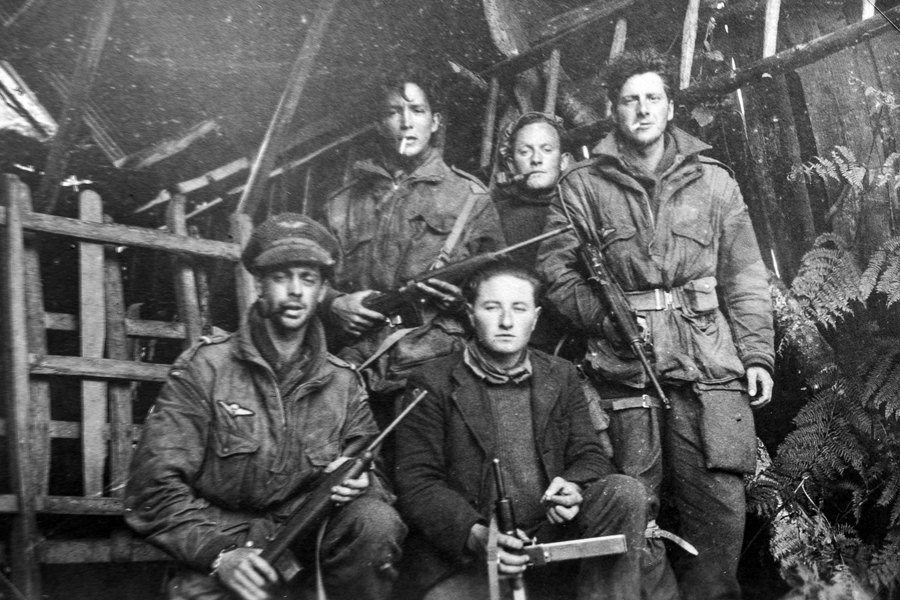
The Allied pursuit of Blaskowitz’s Army Group G continued into September as the Germans headed ever further north. But by the middle of the month the American Third Army was beginning to be spread thin and far away from its supply lines. Accordingly, when Blaskowitz initiated a counter-attack on the 18th of September he was able to push the Allied advance back to Luneville to the west of Strasbourg and not far from the German border. What lay ahead was a different campaign which would play out in the winter of 1944. Thus, Operation Dragoon is typically deemed to have ended on the 14th of September as the Germans made their final retreat up the River Rhone. By then the Germans had suffered relatively few casualties, with only 7,000 dead and slightly over 20,000 wounded, but over 130,000 German soldiers had been captured at various locations across southern France.
Dragoon was unquestionably a major success for the Allies. Southern France was liberated in just four weeks and the major ports there such as Toulon and Marseilles were now available to increase the flow of supplies to the Allies on the Western Front, a necessary development as the advance in the north of the country had slowed by August as supply lines there became overly stretched. This was remedied with the success of Operation Dragoon and by October 1944 one-third of all Allied supplies in France were arriving through the southern ports. Additionally, the invasion had resulted in the capture of over 130,000 German soldiers, men who might have been used to bolster the German counter-offensive at the Battle of the Bulge in the winter of 1944 if they had been able to retreat successfully back to Germany. As such Operation Dragoon, though Churchill and many others amongst the British high command viewed it skeptically at the time, must be perceived as a major Allied success during the war.
